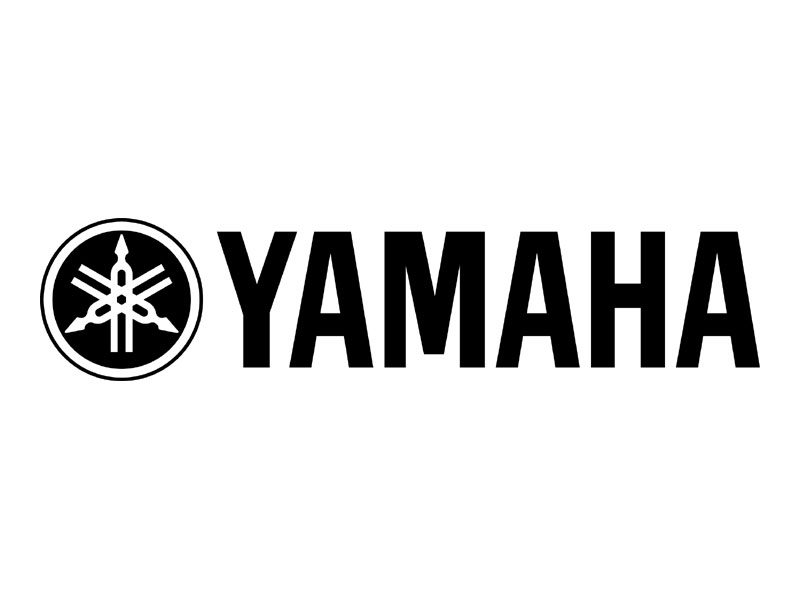
Optimizing VDI for Scale and Efficiency: Yamaha's Success with AWS and Citrix
Yamaha
About Yamaha
Yamaha Corporation of America (YCA) is one of the largest subsidiaries of Yamaha Corporation, Japan and offers a full line of award-winning musical instruments, sound reinforcement, commercial installation and home entertainment products to the U.S. market. YCA markets innovative, finely crafted technology and entertainment products and musical instruments targeted to the hobbyist, education, worship, music, professional audio installation and consumer markets.
The Problem
Facing growing management challenges, business expansion and increasing costs, Yamaha Corporation of America (YCA) was forced to revisit its Citrix VDI strategy. Yamaha’s IT organization needed to make VDI more robust, future proof, and cost-effective as demand increased. The first challenge was the shift from an on-premises legacy environment in an organization that had not yet become accustomed to the public cloud. The second, and most important challenge, was scaling to the cloud in a way that was streamlined for IT, seamless to the end user, and cost controlled. The reimagining of VDI for Yamaha had to be well-planned and architected, thoughtfully implemented, and fully supported. Without this shift, Yamaha IT would continue to require specialized hardware configurations and engineers familiar with the complexities of a growing legacy environment.
The Solution
e360 recommended that Yamaha leverage two key components for this initiative, the most important being AWS. The Citrix Cloud product was to be used in conjunction with VDI workloads deployed in AWS Cloud US West and spanning multiple availability zones. The new AWS Cloud infrastructure at Yamaha includes AWS Virtual Private Cloud (VPC), Microsoft Active Directory (AD) Servers, DomainServices, Network Services, Load Balancing, File Services, Windows Virtual Desktop Access (VDAs) and Citrix Application Delivery Controller (ADC) Virtual Platform (VPX) appliances. A new multi-availability zone cloud architecture was also designed to help meet Yamaha’s stringent requirements for high availability and data protection. A single region with multiple availability zones was chosen primarily for application and data locality to Yamaha, whose users are mostly located in Southern California. Zones were connected using Inter-Region VPC Peering, which allowed for traffic to travel between locations as needed through the AWS backplane.Within the region, workloads were equally distributed across multiple Availability Zones for localized redundancy. All users connect using the internet and access was secured behind a reverse proxy appliance to only allow HTTPS access into the environment. AWS EC2 instances are the backbone of the solution, including the Microsoft core infrastructure, the Citrix VDAs and the AWS Load Balancer services, which were leveraged to provide redundancy of critical user traffic to the Citrix ADCs. Citrix machine creation services (MCS) was used to deploy, update and manage instances. The integration of MCS with Autoscaling manages instance count based on utilization which helps optimize usage costs.
The Outcome
Yamaha IT was immediately able to realize several key benefits from the Citrix and AWS solution. First of all, the time to deploy Citrix on AWS was streamlined due to the speed at which AWS can be leveraged compared to a traditional on-premises deployment. Yamaha was able to shift a massive CAPEX budget into OPEX and eliminate the need for costly hardware purchases and associated long-term service contracts. The project itself went smoothly as no application refactoring was necessary to leverage the benefits of the cloud. Yamaha also noticed an immediate uptick in user satisfaction. The performant nature of AWS EC2 instances, paired with fast storage and a new design, meant that users could access their sessions faster, work with fewer interruptions, and accomplish more in a single shift. Calls to the support desk related to poor performance, aging hardware, and session interruptions were cut dramatically, freeing the service desk to handle other issues and backlogs. The use of Citrix MCS with Autoscale also helped Yamaha determine the correct AWSEC2 requirements for peak work periods while keeping ongoing costs manageable.